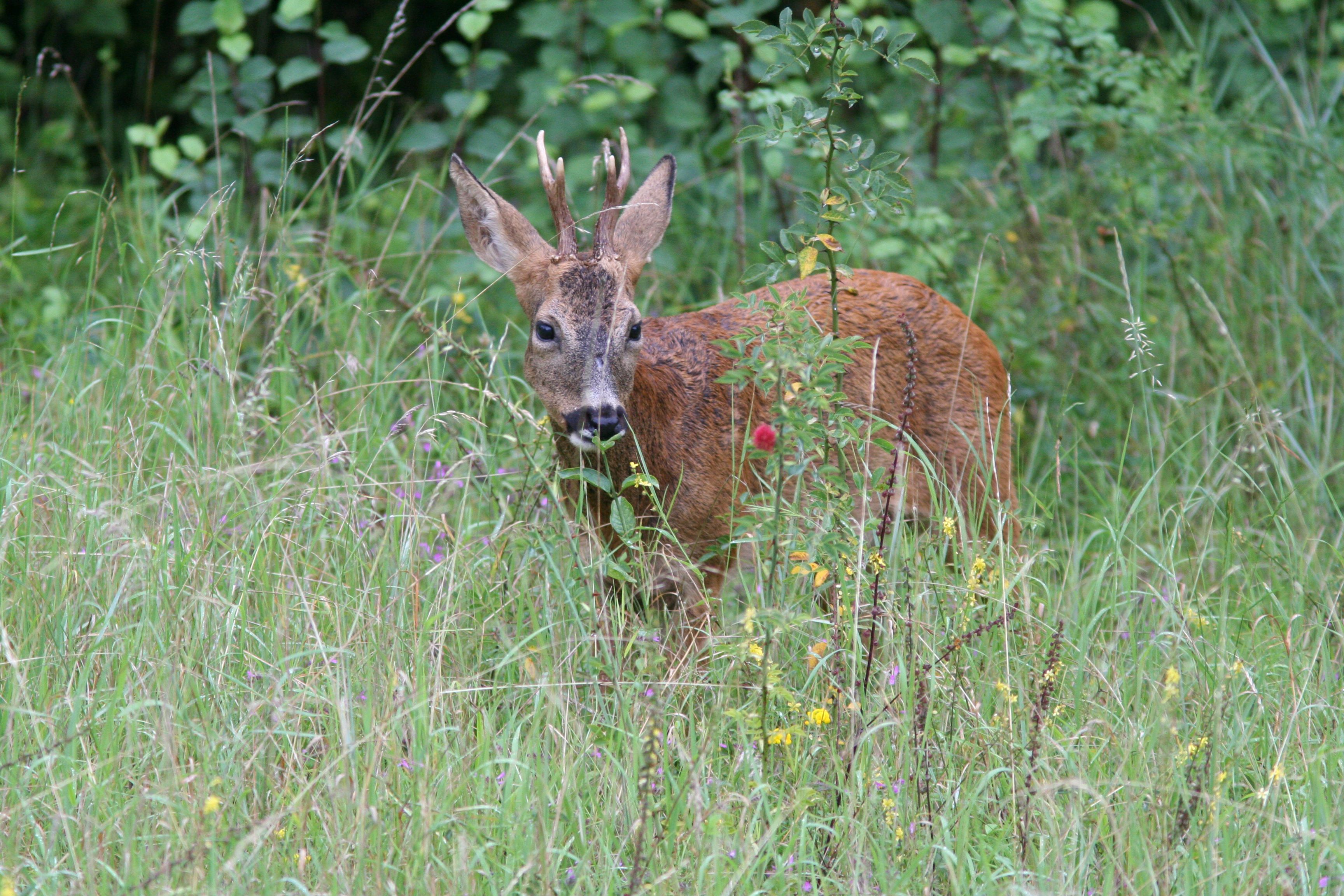CONNECT Considering Overlooked Networks of iNtEraCTions : seed-dispersal by non-frugivorous vectors in temperate ecosystems
Coordinator of the consortium: Dr Christophe Baltzinger, Forest Ecosystems Research Unit (EFNO)-FR
Summary
Mutualist interactions between plants and animals are critical for the maintenance of biodiversity. Like other biological interactions, they contribute to shaping the structure, functioning and resilience of biological communities and entire ecosystems. There is extensive literature on how frugivorous animals disperse fleshy-fruited plants and on the ecological and evolutionary consequences of the structure of these interactions. Indeed, animals, as mobile links, can functionally connect habitats and plant populations at landscape, regional, and global scales. They may also help plants track suitable climatic conditions along altitudinal or latitudinal gradients due to shifts by climate change. However, the study of zoochory has been done at the expense of dry-fruited plants, which are predominant in temperate ecosystems and are efficiently dispersed by non-frugivorous vectors such as ungulates, waterbirds or small passerines. Therefore, we may have focused on the tip of the iceberg in terms of importance and diversity of plant-animal dispersal interactions. This appears critical under the current global change.
One of the factors that has been determinant in the study of these interactions is the application of network theory. Indeed, network analyses are appropriate to emphasize different aspects of the structure of plant-animal interactions, allowing the identification of emergent properties and patterns in complex communities. These dispersal interactions networks can thus help identify functionally important species in the community, which need to be protected or reintroduced. Despite the importance of non-frugivorous vectors to plants in temperate ecosystems, we still do not fully understand how these assemblages are organized.
We will first arrange existing datasets on zoochory, reporting dispersal interactions between plants and non frugivores. We will then quantify the structure of these seed-dispersal networks and identify species and associated traits that are important for the maintenance of the network structure and thus should be prioritized in restoration and conservation programs to ensure resilient ecosystem functioning under global change.










